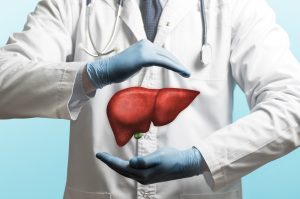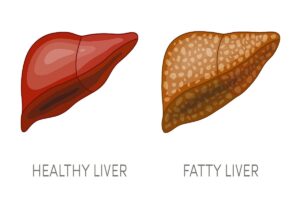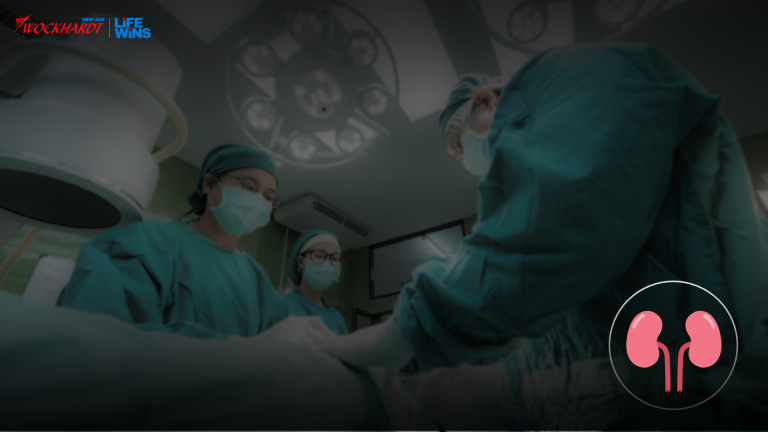
Dual Organ Transplant
Some patients benefit from having a combined or “dual” organ transplant, meaning they receive a new liver and another new organ during the same surgical procedure. Types of combined organ transplants that are performed with liver transplant: Liver and kidney transplant Liver and heart transplant Liver and intestine transplant Liver and lung transplant If you are suffering from serious illness and multiple organ failure, your transplant team may recommend a combined organ transplant to help restore your quality of life. Patients requiring combined organ transplantation are listed on both organ waiting lists. Waiting time for transplantation will vary depending on the organs you need. Post-transplant care is similar to single-organ transplantation in that you will need to take anti-rejection medications for the life of your organs. A simultaneous Kidney Pancreas transplant is an operation to place the kidney and pancreas at the same time in a patient who has kidney failure and also suffers from diabetes, needing very high insulin dose to control sugars. It can be type 1 or burnt-out type 2 diabetes. Type 1 diabetes is an autoimmune disease where a patient’s body attacks and destroys insulin-producing beta cells located in the pancreas. It is typically seen in children and young adults. Type 2 diabetes is what we see commonly in adults. Over some time, these patient’s insulin-producing cells stop making insulin or they are unable to produce enough to meet the body’s demand. Diabetes affects every system in the body. In the eyes, it affects the retina and is the leading cause of blindness. It affects the blood vessels supplying the heart and is a common cause of heart attacks. It accelerates atherosclerosis which is a common cause of strokes/paralysis, heart failure, and kidney failure. Uncontrolled sugars affect the nervous system also. Once the peripheral nervous system is affected, sensation in the hands and feet comes down. Diabetic patients with kidney failure need a kidney transplant to prolong their life. Steroids used as immunosuppression will make treatment of diabetes difficult. Poorly controlled sugars will continue to affect the rest of the body including the transplanted kidney. Performing a pancreas transplant at the same time will eliminate all these problems by optimally controlling sugars. It will not only protect the transplanted kidney from future effects of diabetes but also reverse the effects of diabetes on other systems including peripheral neuropathy and thus protect the limbs. Liver and intestine transplant An intestinal transplant is a complex procedure that requires the expertise of specialists trained in bowel or multi-visceral transplants. The surgery may take up to 12 hours and involves either an isolated intestinal transplant alone, a combined liver and intestine transplant, or a multi-visceral transplant. Depending on what caused your patient’s intestinal failure and his or her overall medical condition, your doctor will determine which type of transplant best meets your child’s needs. Isolated Intestinal Transplant — An isolated intestinal transplant involves removing the diseased portion of the small intestine and replacing it with a healthy small intestine from a donor. This type of transplant is considered for children with complications caused by intestinal failure, who don’t have liver failure. Combined Liver and Intestine Transplant — A combined liver and intestine transplant involves removing the diseased liver and intestine and replacing them with a healthy liver and intestine from an organ donor. This type of transplant is considered for patients with intestinal failure and irreversible liver failure. The cause of liver failure in this setting is usually due to complications of intravenous nutrition. This type of transplant is also required in patients with chronic liver disease patients whose abdominal veins carrying blood from the intestine to the liver are completely obliterated. Multivisceral Transplant — A multivisceral transplant is rare and may be considered for children who have multiple organ failure, including stomach, pancreas, liver, small intestine, and kidney failure. Intestinal transplant: The patient’s blood vessels are connected to the donor’s blood vessels to establish a blood supply to the transplanted intestine. The donor’s intestine is then connected to your patient’s gastrointestinal tract. An ileostomy is then made, which is a surgically created opening through which a portion of the patient’s small bowel, called the ileum, is brought up through the abdominal wall. After the transplant, this new opening on your patient’s abdomen allows body waste to pass directly out of the body and empty into a pouch. The ileostomy also allows the transplant team to assess the health of your child’s transplanted intestine. In time, most patients can have the ileostomy closed. A feeding tube is also placed into the stomach to help the patient transition to an oral diet.

































